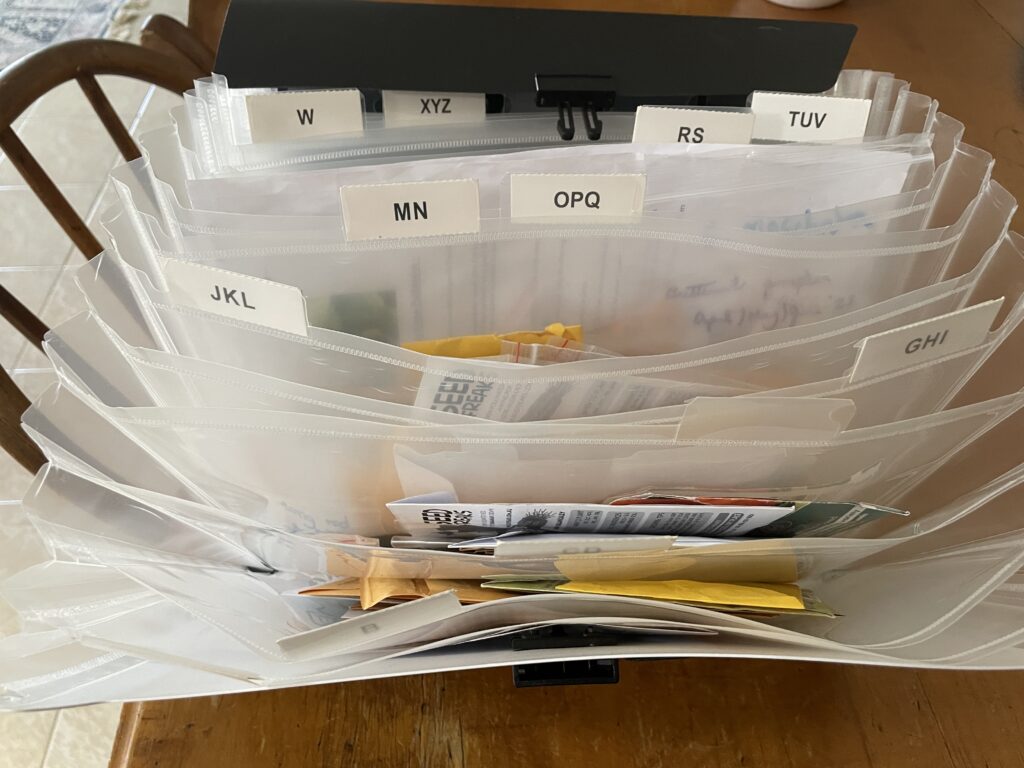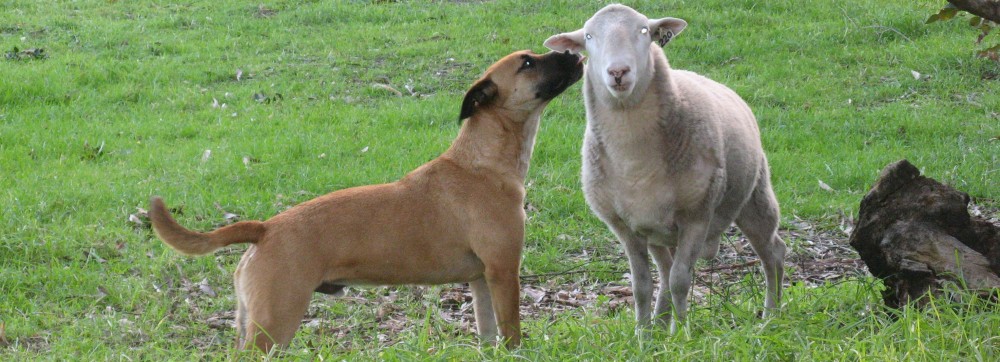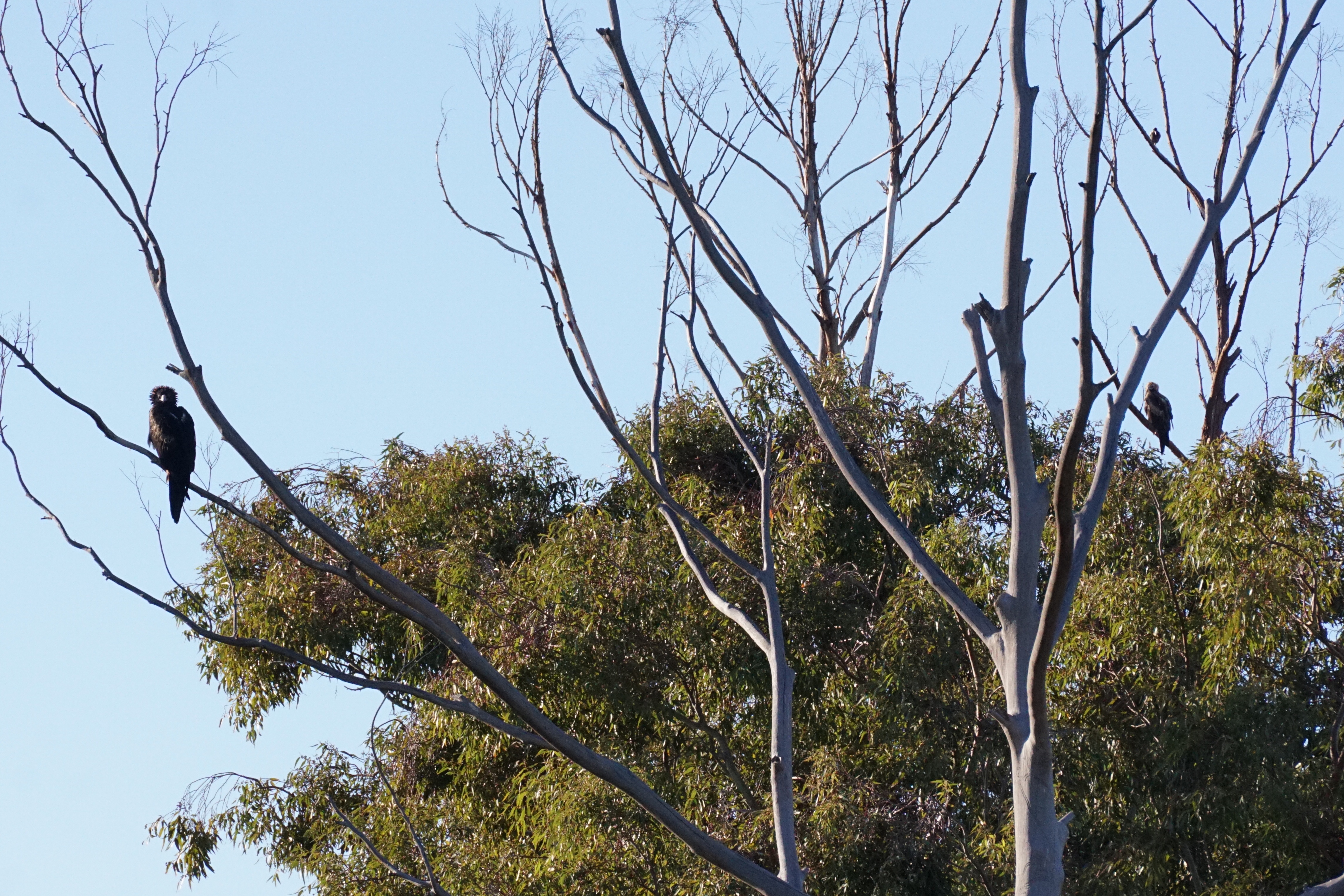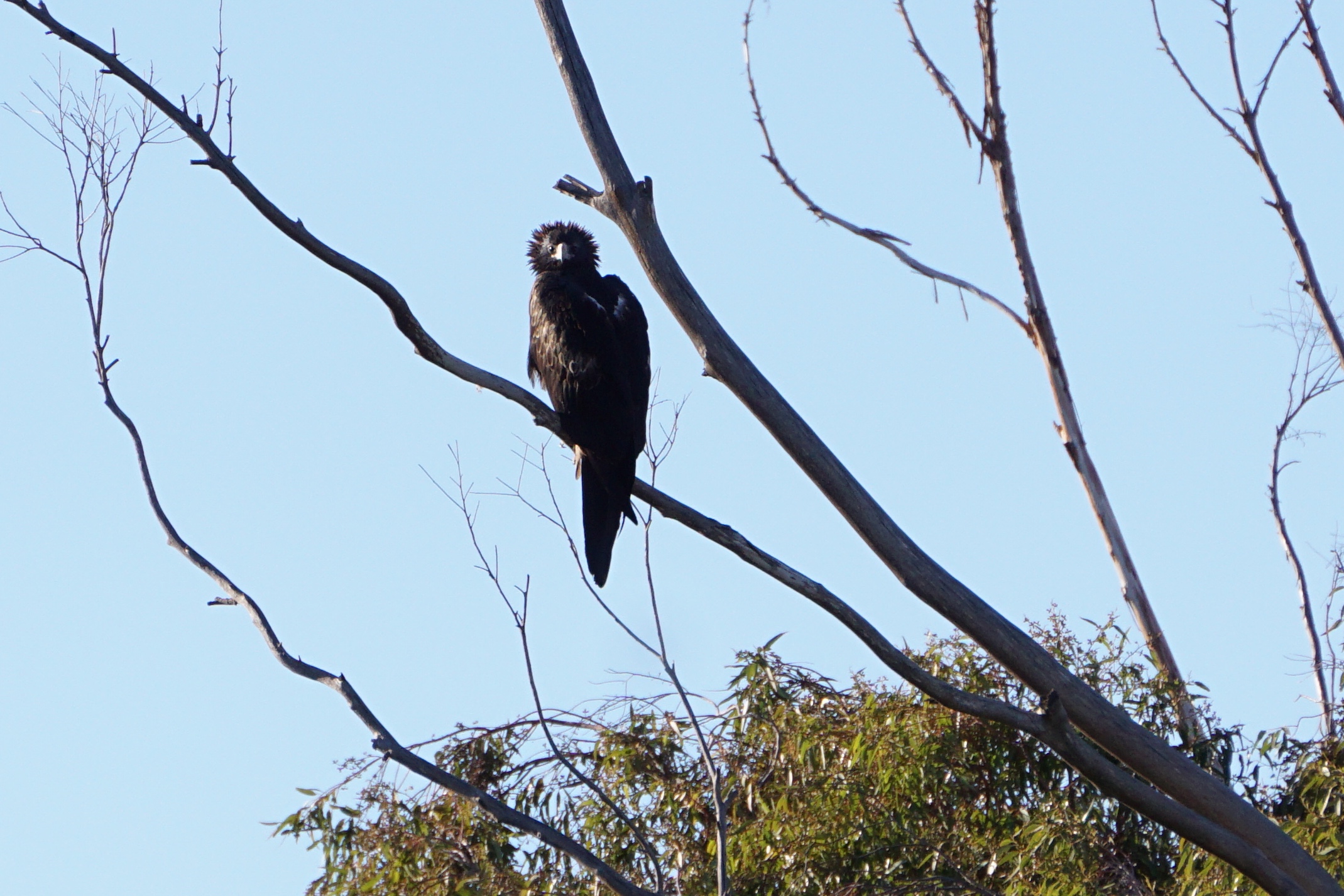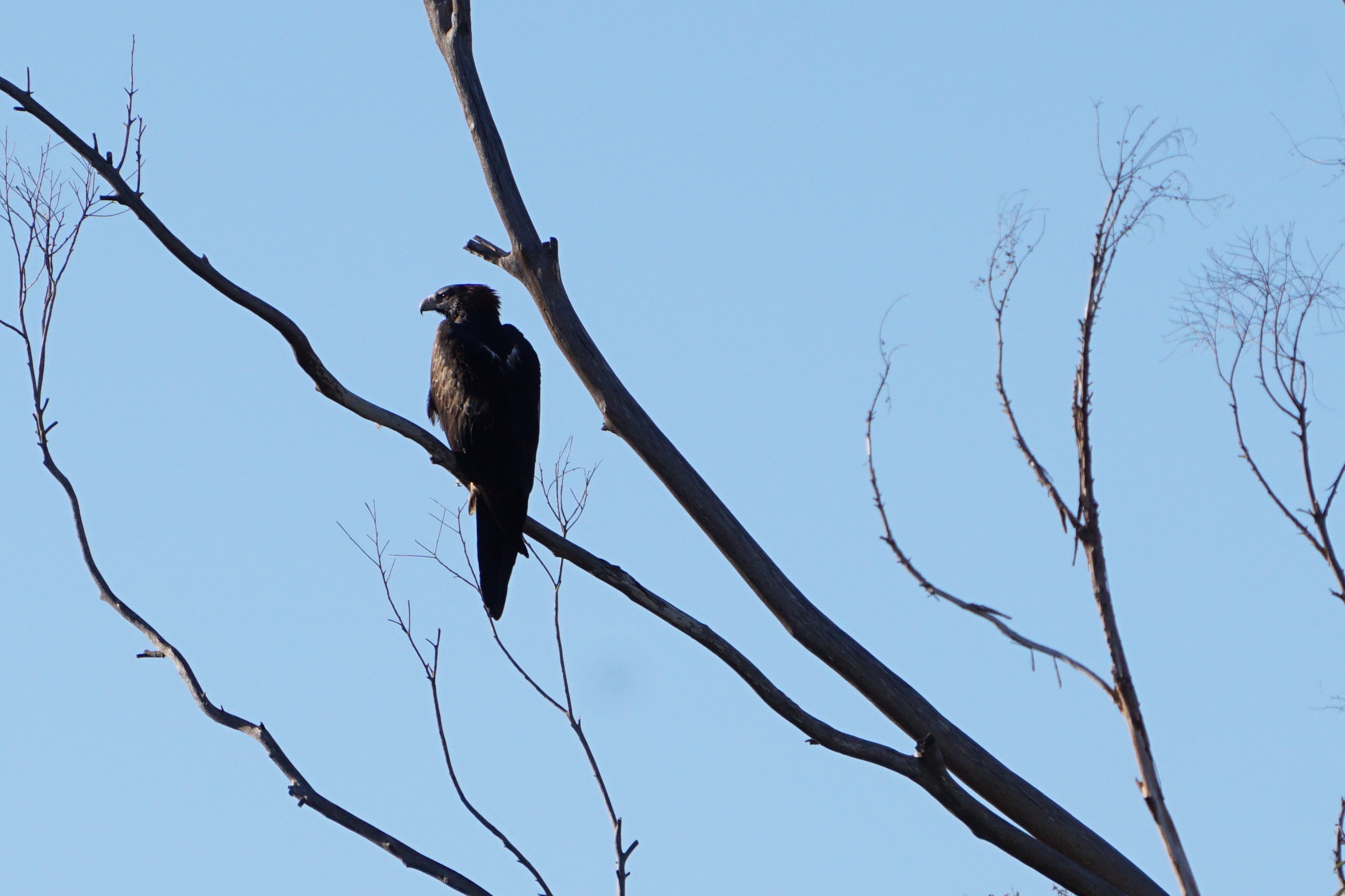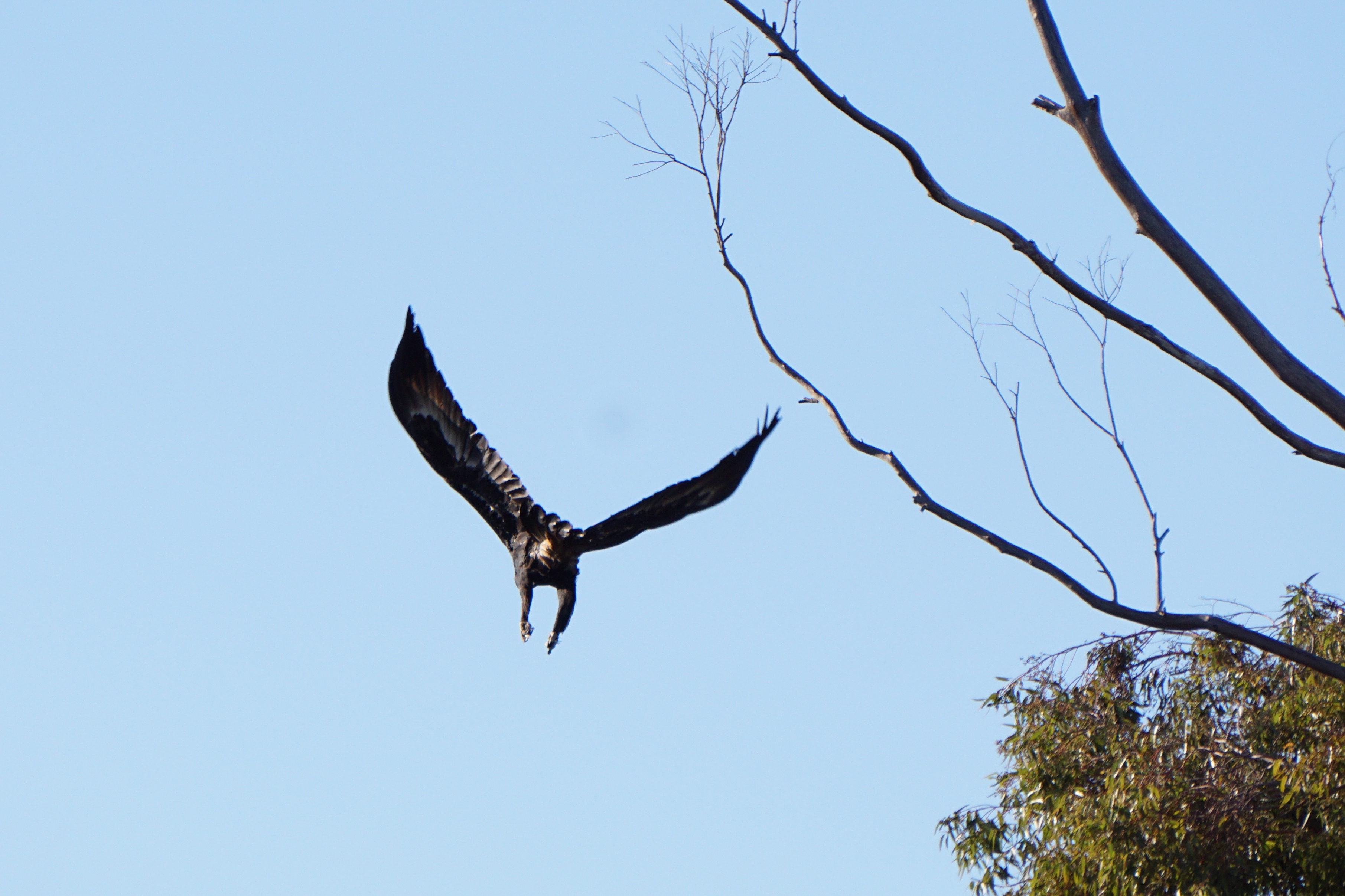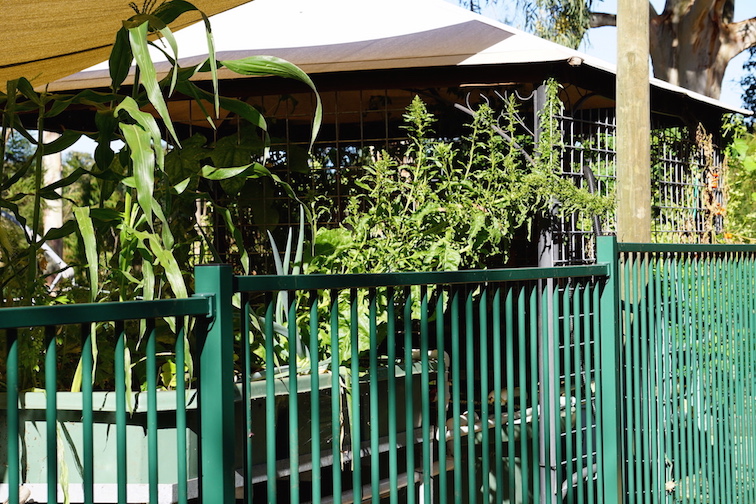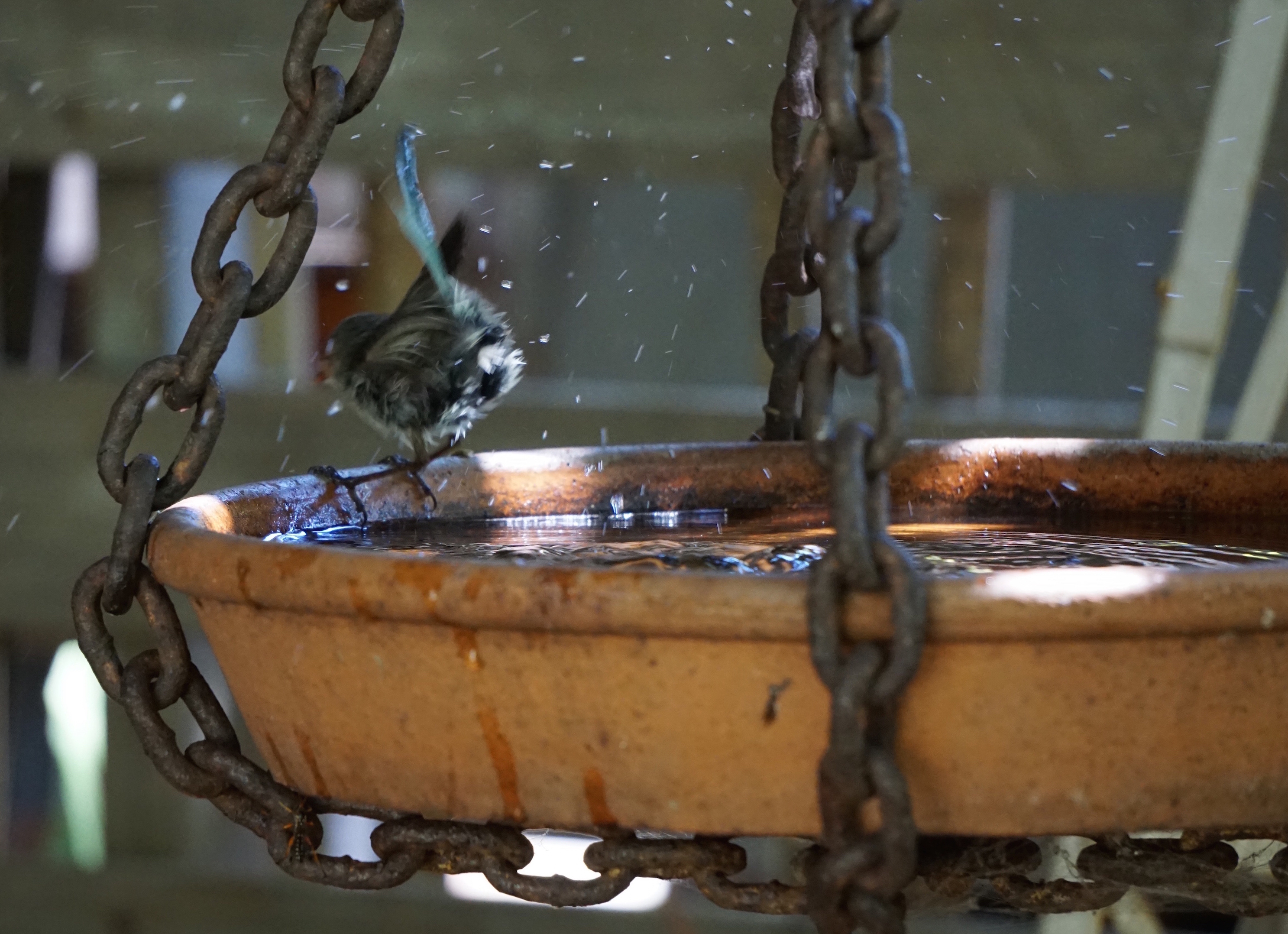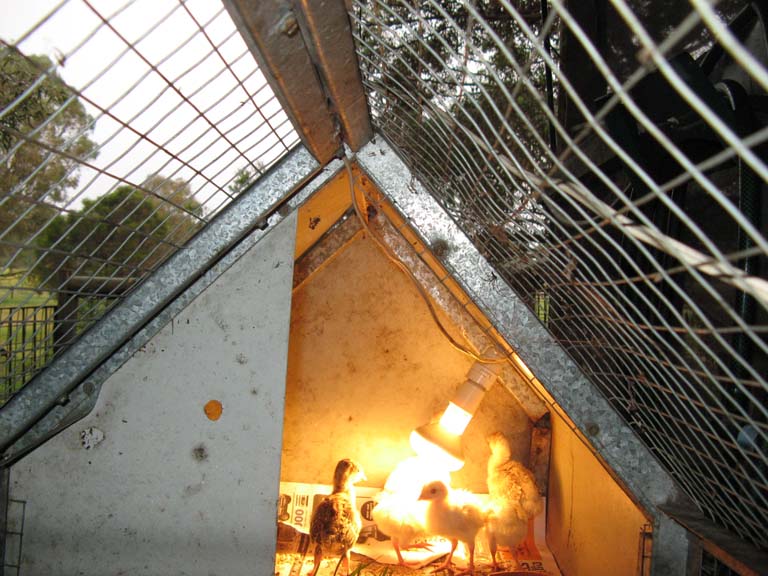Yes, that’s right- guinea pigs! We read that guinea pigs LOVE eating grass and weeds, so decided to get some to base in the orchard. Due to the risk of predators, we don’t let them free range, but keep them in an enclosure around a fruit tree. So far we have two groups of boys- the brothers Huey, Dewey and Louie; and the brothers Pinky and Perky. So far it has been successful, in that they have stayed safe and are eating down the grass!
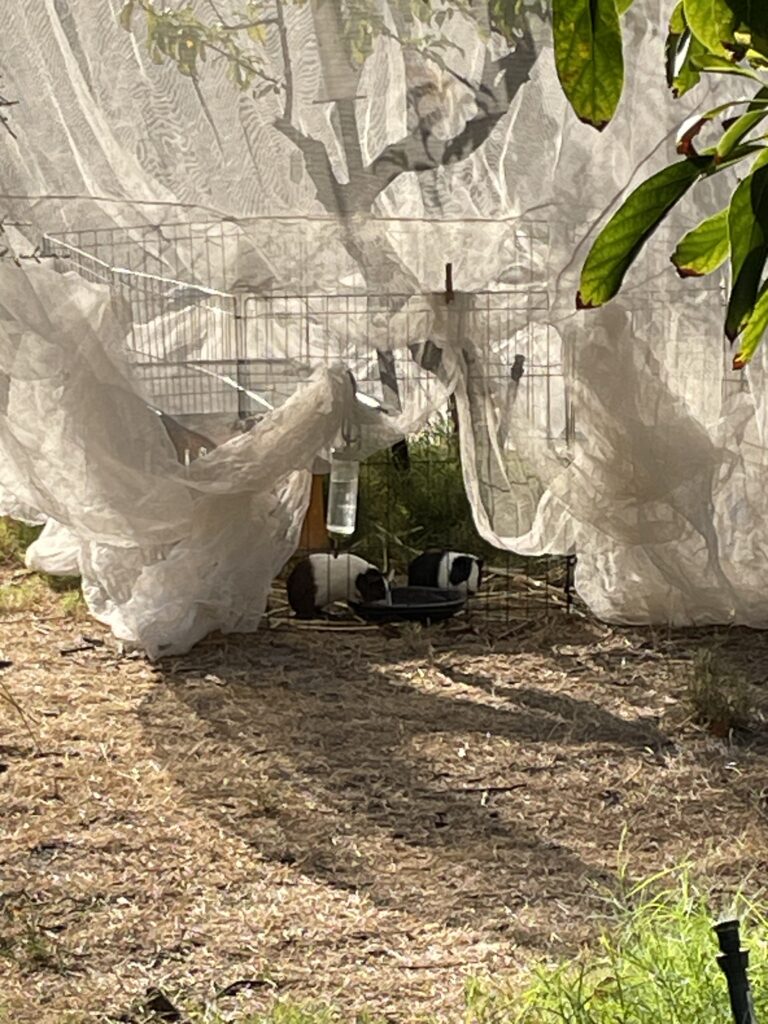
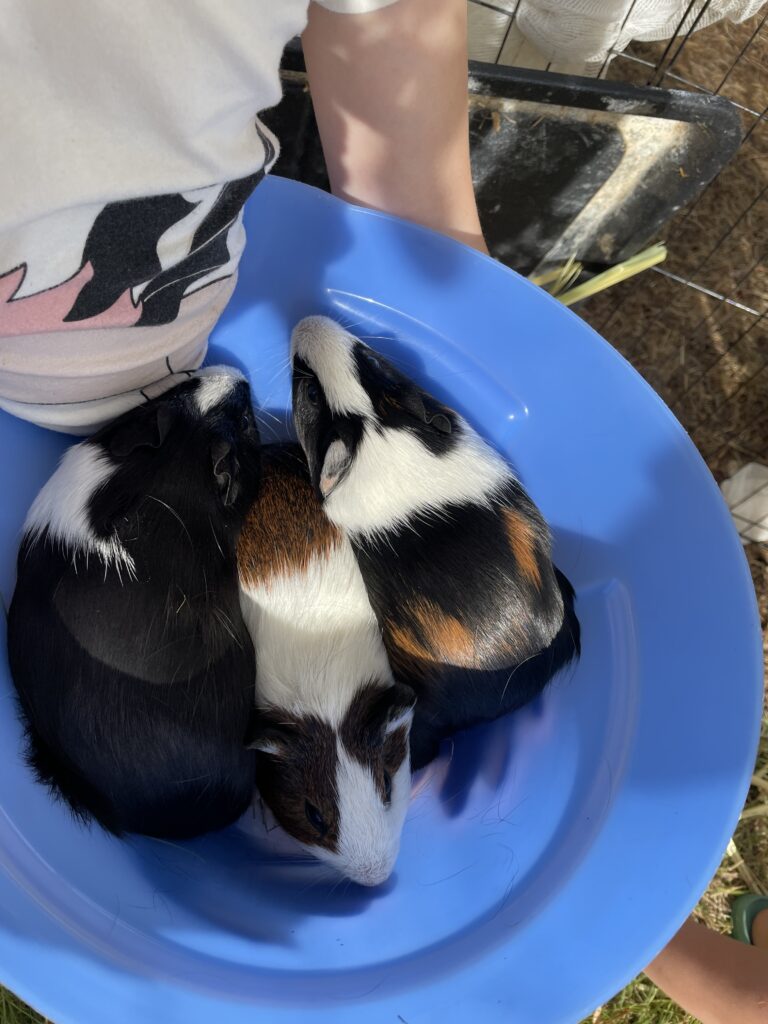
It has been a particularly busy January, not just with the new arrival of the guinea pigs. The ducklings are growing at a rate of knots, and we have now moved the four from mama hen and joined them with the rest of the ducks.
We also cleaned out the yabby tank, and were thrilled with how many there are! After moving to McCarthy Park 2, we kept getting losses and really couldn’t figure out why. The only real difference between the places was that in MP 1 we used bore water (as that was our only water supply), and in MP 2 we used rain water (as the bore water is ok for the garden but is a bit brown and sulphide smelly). Well, in desperation we eventually just started using bore water to see if it made any difference, and it obviously has! There are large, medium and small yabbies, lots of tiny babies, and at least a couple of females ‘berried’- with eggs.
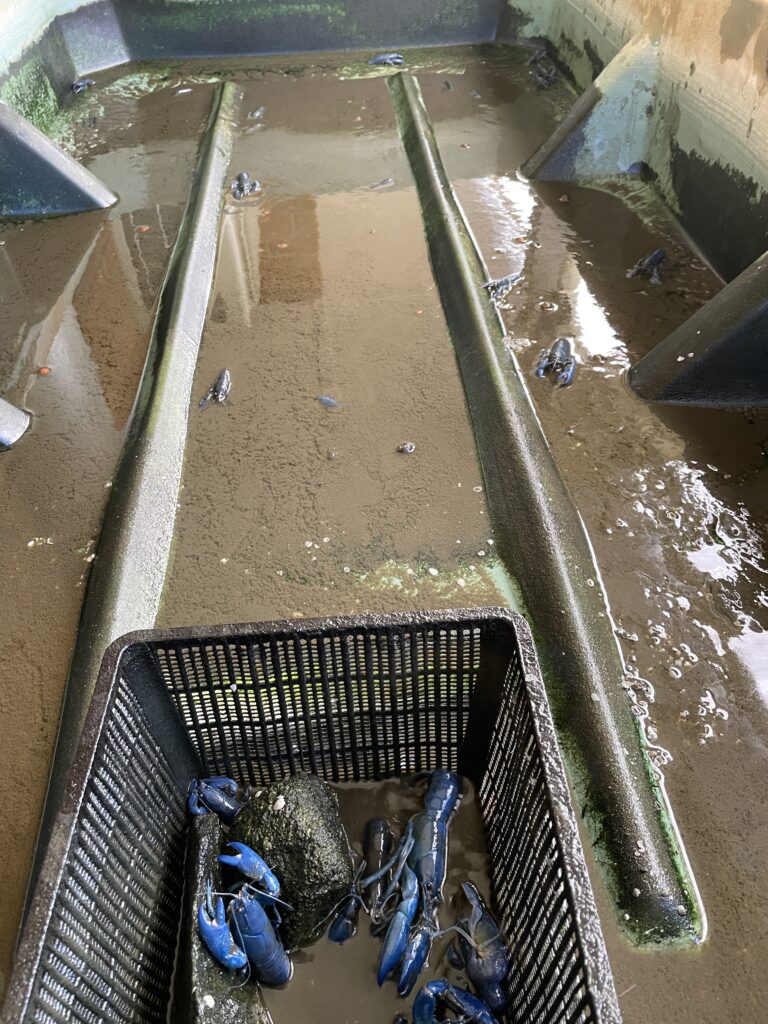
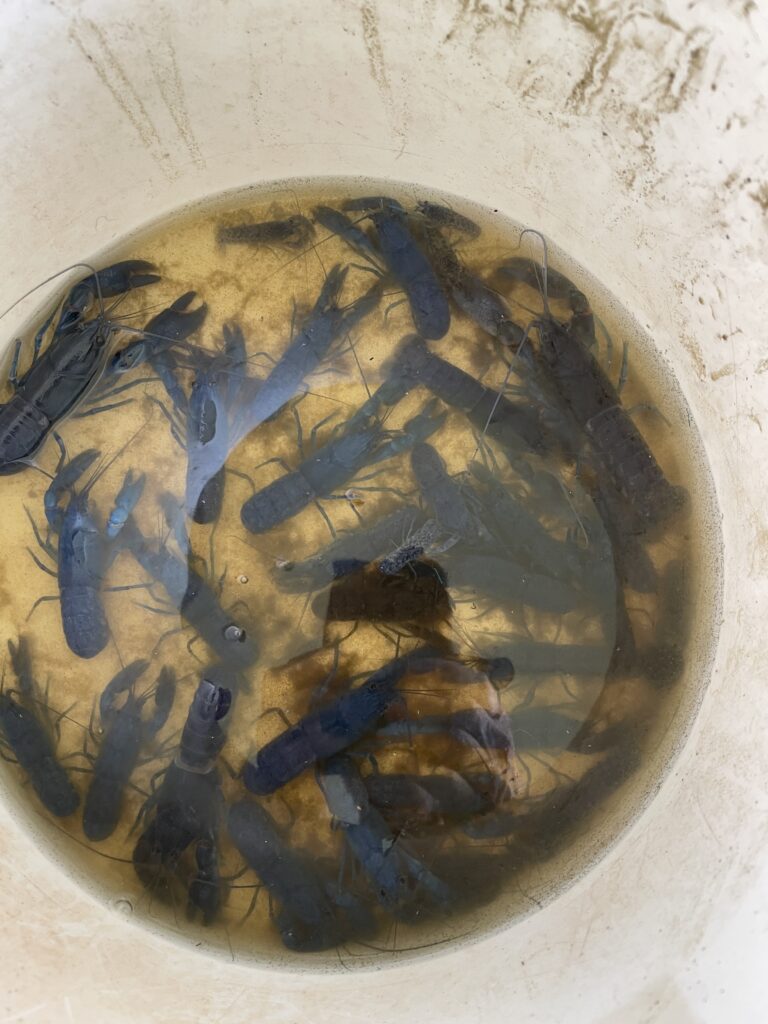
It has been HOT, far too hot to work outside during the middle of the day, so that is a good time to preserve the harvest.
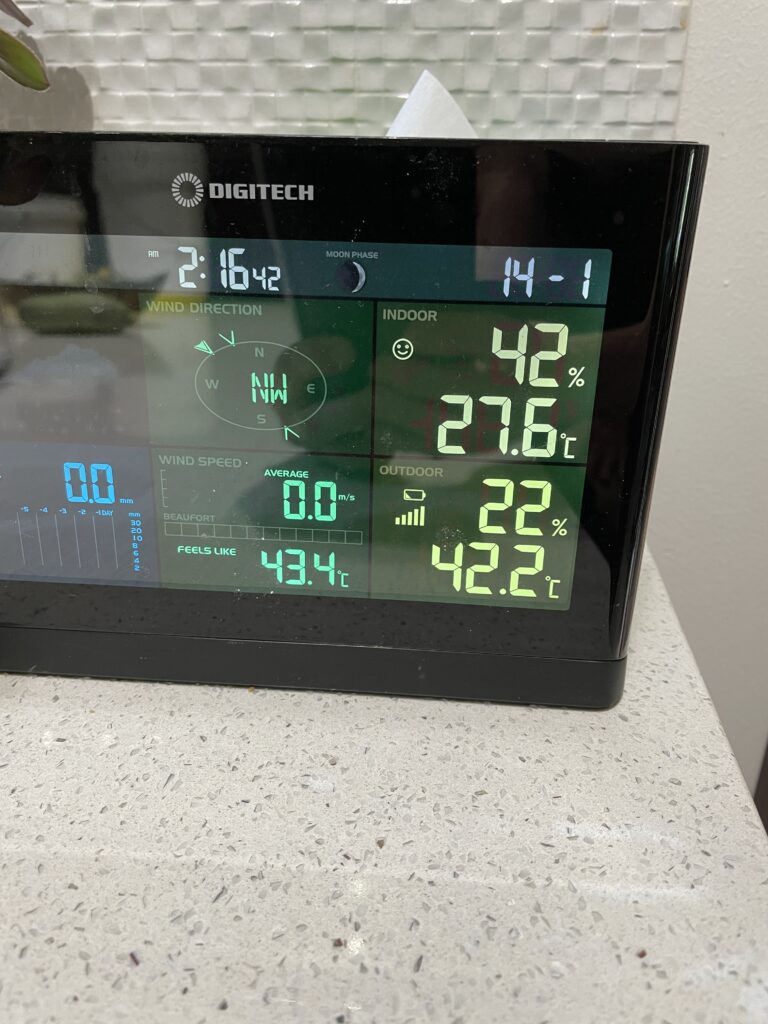
We have had an abundance of tomatoes, still (!), and have made sauces and given plenty away. We also dehydrated a few, to store in oil for snacks and pasta.
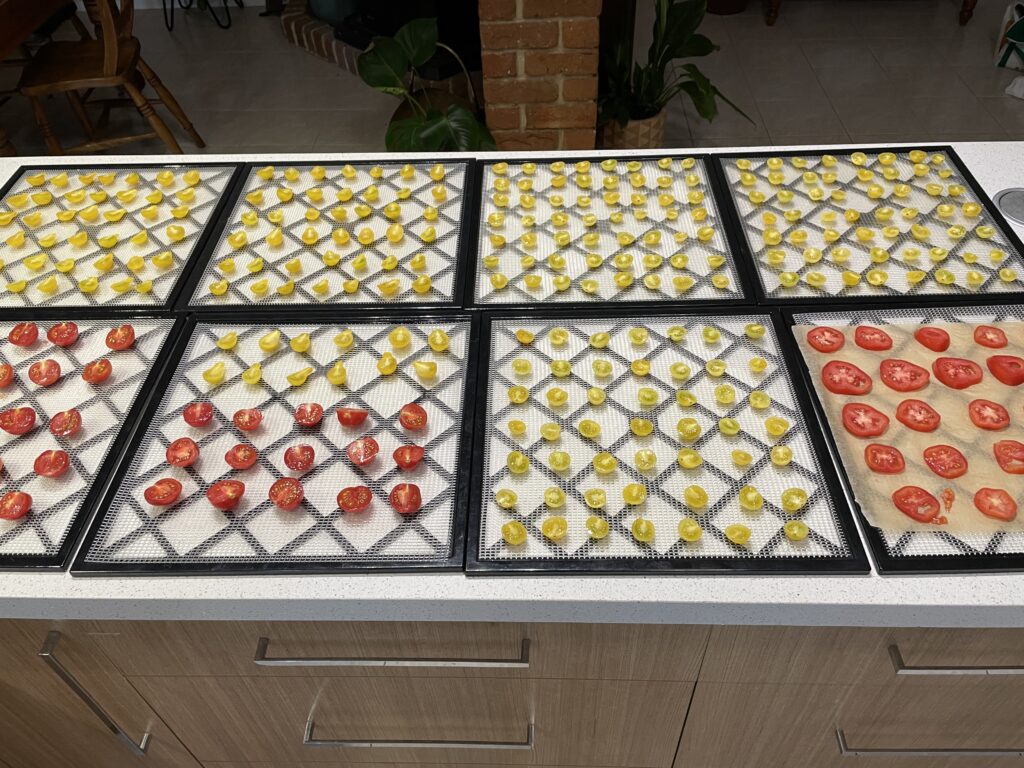
Also the hot weather encourages other inside jobs like saving and storing seeds from our home grown vegetables….
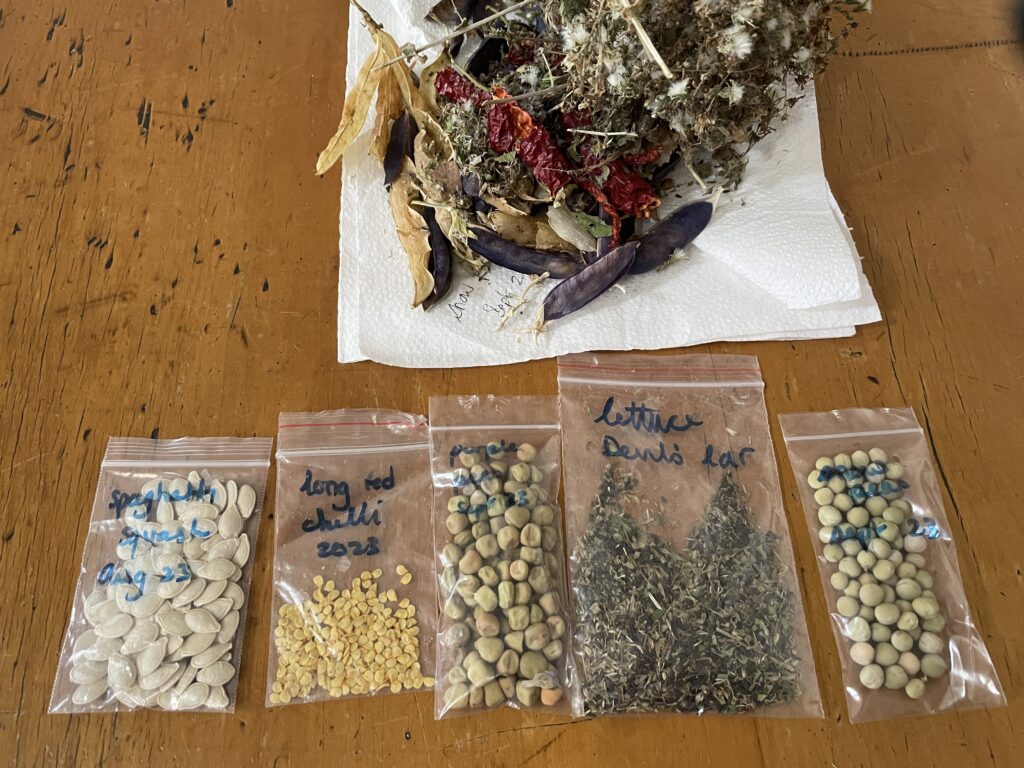
Over the years, we have tried a few different seed storage systems and methods (eg by season, by month), but this is the most successful for us- alphabetical order!
